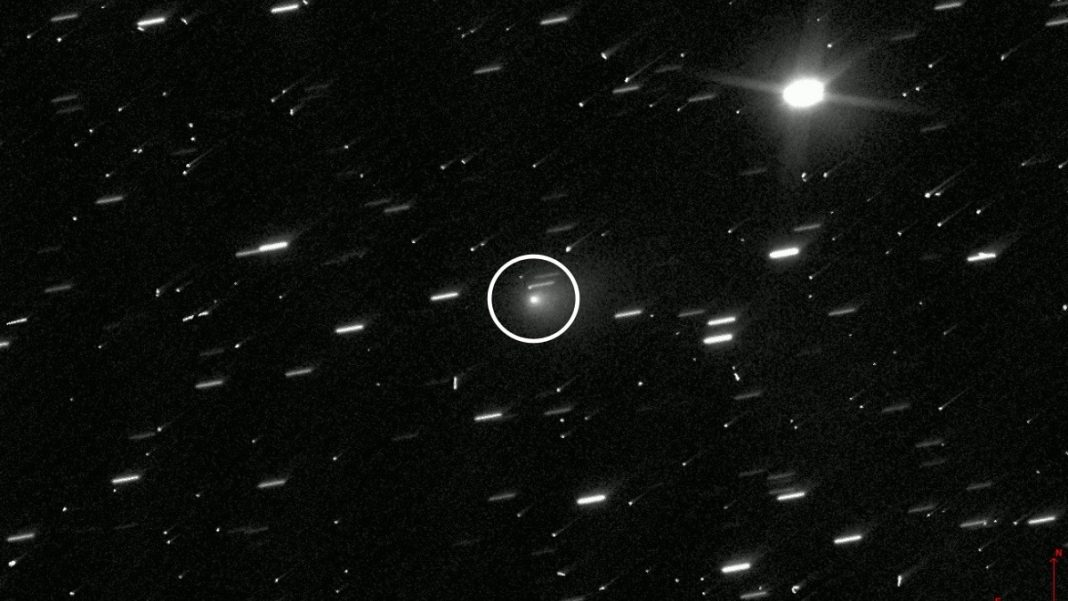Key Takeaways
- NASA faces mounting pressure to release high-resolution images of interstellar comet 3I/ATLAS
- Congresswoman Anna Paulina Luna has formally requested the imagery
- The comet exhibited unusual acceleration and brightness changes during its Mars flyby
- These images could reveal new physical phenomena about interstellar objects
NASA is under growing pressure to release high-resolution images of the interstellar comet 3I/ATLAS, captured during its close approach to Mars. Congresswoman Anna Paulina Luna has formally requested the space agency to make these pivotal visuals public, citing intense scientific and public interest in this mysterious visitor from beyond our solar system.
Unusual Behavior Sparks Scientific Interest
First detected in July 2025, 3I/ATLAS is one of only three known interstellar objects to pass through our cosmic neighborhood. What makes this comet particularly intriguing is its unexpected behavior near perihelion – it displayed non-gravitational acceleration that maneuvered it slightly away from the sun, accompanied by an unusual surge in brightness.
While comets typically show brightness variations and orbital shifts due to sublimation (where solid ices turn directly into gas), 3I/ATLAS exhibited atypical acceleration patterns that have fueled scientific debate and speculation about its nature and origins.
Missing Mars Flyby Images
Despite NASA releasing imagery from various space observatories including Hubble and James Webb Space Telescope, the high-resolution images captured by Mars orbiters and surface cameras during the comet’s October 2, 2025 close flyby remain unreleased. These telescopes had already provided valuable data on the comet’s composition, revealing components like carbon dioxide and a radiation-processed crust.
Experts suggest possible reasons for the delay including internal data processing, calibration, or review procedures. However, the continued withholding has raised concerns about scientific transparency and verification processes.
Potential Scientific Breakthrough
The release of these Mars flyby images could potentially reveal new physical phenomena, offering insights that might reshape our understanding of interstellar objects. As 3I/ATLAS continues its swift journey through our solar system, both the scientific community and public eagerly await NASA’s decision to share these crucial visual records.





